Op-Ed: Westridge Needs to Rethink the P.E. Credit System
True confession: pretty much the only reason I play multiple sports at Westridge is to get the P.E. credit, and I know I’m not alone.
This past fall, for two hours every afternoon, I embarrassed myself as an unusually unskilled player on the Frosh/Soph volleyball team. I don’t have talent for or interest in volleyball, and as terrible as it sounds, no particular desire to improve my skills. Despite my obvious deficits on the court, I was satisfied with flailing along in spectacular ineptitude so long as I obtained the P.E. credit that allows me to take AP Computer Science Principles.
Because of the way Westridge’s P.E. credit system is currently set up, students like me are signing up for sports they don’t want to play just to facilitate their academic schedules. As a result, our teams are filled with half-hearted, minimally-talented athletes, to the great detriment of the Westridge athletic program’s overall success. Love of the game, the drive to compete, or even just the desire to have fun and enjoy camaraderie with teammates should drive participation. When teams are comprised of too many players looking to do the bare minimum to fulfill their P.E. credit requirements, team spirit is negatively affected, and the outcomes are predictably grim: in my two years of playing Frosh/Soph volleyball, we only won two games, and I’m not sure that anybody on the team would characterize the experience as fun. I feel bad for the serious athletes dedicated to their sport. I also feel bad for myself, as I would rather be using the time more effectively.
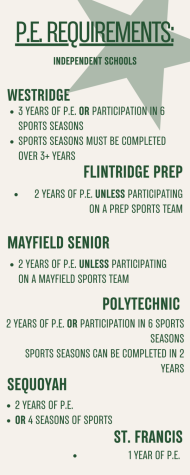
At this point, the uninitiated are probably wondering what after-school sports have to do with academic schedules, and why students don’t simply sign up for Upper School P.E. instead of playing sports they aren’t enthusiastic about. Allow me to explain:
P.E. occupies one block within the standard A through G schedule during the academic day. Often, “clearing” the P.E. block is the only way underclassmen can build a free block into their schedules. Having free time during the school day is crucial for students with after-school time commitments like extracurricular activities, jobs, long commutes, or simply the desire to lighten their workload.
More significantly, student schedules cannot currently accommodate some advanced or enrichment classes offered in the Upper School without a free P.E. block. For example, I would not have had room in my schedule to take AP Computer Science Principles in addition to all my required classes without fulfilling my P.E. requirement through participation in after-school sports instead of P.E. class.
I fully acknowledge that the struggle of trying to squeeze as many of Westridge’s wonderful and unique courses into my schedule is a privilege in and of itself, and arises from the embarrassment of riches offered by our course catalog. However, it does behoove the school to facilitate students’ access to this amazing curriculum. As it now stands, in order to enroll in academic enrichment opportunities beyond the core curriculum, Upper School students must clear their P.E. blocks by playing multiple seasons of after-school sports whether they want to—or have the aptitude–or not.
Let me break it down.
To graduate, Westridge students need nine P.E. units. Each trimester of P.E. class earns one unit, and each sports season earns two units up to a maximum of three units per year (so don’t even try to get it done in the first five trimesters of high school). In order to get enough P.E. units to graduate, one could take three years (or nine trimesters) of P.E. class during the school day. However, in order to free up a P.E. block for the full year to enroll in an additional class and still earn enough P.E. units to graduate, students must play two sports seasons in each of three years or play two sports seasons in each of two years, and one sports season in each of the remaining two years. Students can earn units by taking one trimester of P.E. and playing one sports season, but this would not allow enrollment in an additional course since the block of time cannot be split between both P.E. and another class. Alternatively, if students can show six or more hours per week of athletic participation during each trimester, they are eligible for P.E. equivalency credit.
It’s important to note that Upper School P.E. is far less time consuming than after-school sports, averaging only about three hours per week (less changing time) for a total of about 108 hours per school year. To fulfill the graduation requirement, 324 hours of P.E. classes are required. By contrast, sports practices are two hours a day, Monday through Friday except for game/meet days during the season. Games or meets regularly consume four or five hours once or twice a week (and require repeated absences from D block and H block classes due to early dismissal to accommodate travel to other schools).
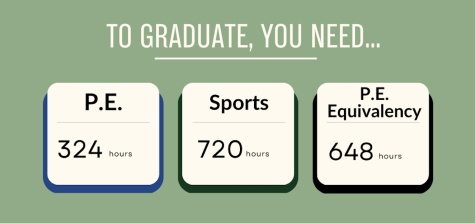
A conservative tally puts the time commitment for after-school sports at 12 hours per week, or 120 hours over a 10(ish) week season. Since it takes six sports seasons to earn the required nine P.E. units, the grand total of hours spent in sports participation to graduate is a whopping 720 hours. P.E. equivalency for outside sports runs a minimum of six hours per week over nine trimesters for a total of 648 hours to meet graduation requirements. Let me also note that Westridge’s P.E. requirement is much more demanding than that of other independent schools in the area.
If you are still with me after that deep dive into the minutia of P.E. credit requirements, it should be obvious that students are prevented from taking advantage of the amazing courses that Westridge offers—and encourages us to take—by the necessity of playing after-school sports to create the space in their schedules to double up in science, language, or history. Of course, there are plenty of kids that will happily play two or three seasons of sports every year because they love athletics. And game on to them. However, the Upper School workload is demanding by any metric, and commitments to extracurriculars like community service, music, theater, speech and debate, and Spyglass, let alone family and personal recreation, stretch our time and well-being thin. It’s unrealistic to require students who would not otherwise play sports (or more than one sport) to earn their P.E. credit through participation in six sports seasons over three years in order to take additional academic classes, especially when the after-school sports time commitment far exceeds P.E. class hours.
It just doesn’t make sense to require kids who want to do more school to do more sports. It’s not a fair or sensible tradeoff, for students or for our athletics program.
Speaking for myself—if not for my desire to fill the P.E. block in my schedule with an additional academic class, I would not participate in two sports. It’s not that I am trying to get out of physical activity or hate sports; I would play softball happily regardless of the P.E. requirement because I enjoy it and can actually contribute to the team, albeit in a minor way. Nor am I trying to overstuff my schedule with academic classes. I just want to take advantage of the deeper-learning courses that Westridge offers and promotes, but I can only accomplish that by plaguing the volleyball team with my incompetent presence. It’s a waste of my time and a detriment to the team.
Even beyond its impact on students’ ability to enroll in additional academic courses, the uneven allocation of P.E. credit can at best be described as arbitrary and frustrating. From a fairness perspective, it seems impossible that a student must spend roughly 720 hours to fulfill the P.E. requirement by playing after-school sports while a student enrolled in P.E. class for nine trimesters will spend only about 324 hours.
The athletics program is vital to the experience that Westridge offers, and students should absolutely be incentivized and rewarded for participation with P.E. credit. Currently, however, credit is underallocated to after-school sports and should be adjusted to accurately reflect the time commitment. Based on the time commitment, it would be more fair to grant 3 P.E. units for one season of sports—just like other schools in the area. This would reduce the number of students playing a second sport solely for P.E. credit, which would undoubtedly improve the quality of our teams.
Additionally, the current rules leave students who participate in athletics outside of school but do not meet the six-hour per week equivalence threshold in a difficult position.
Take Ellie L.S. ’25, for example. She had to play two Westridge sports in addition to the five hours per week she already spent playing club volleyball at San Gabriel Elite to obtain sufficient P.E. credit during her freshman year. In her sophomore year, Ellie, who is enrolled in AP Computer Science Principles, plays on two Westridge sports teams to free up her P.E. block, but dropped club volleyball due to time constraints. While the five hours per week that Ellie spent playing club volleyball fell just short of P.E. equivalency eligibility, it exceeded the three-hour time commitment required of students enrolled in Westridge’s P.E. program. Because she needs to play two sports to earn P.E. credit this year, she doesn’t have time to continue playing on her club team to hone her volleyball skills year-round, which will negatively affect her ability to contribute to the volleyball team.
If students who take P.E. as a class receive full P.E. credit for an average of three hours per week of athletic activity, then students who participate in non-Westridge athletic activity for the same amount of time should also receive credit.
Another change Westridge should consider is diversifying the paths to obtaining P.E. credit to allow students to choose options that fit their sports and fitness goals. I don’t pretend to understand all the complexities involved with making changes to the existing programs, and I know that the products of student brainstorming are always easier said (or suggested) than done.
But to start the conversation, we might consider offering a 70-minute P.E. class alternative before or after school two or three days a week. This would leave the P.E. block open for enrollment in other courses during the academic day, and students could participate in the P.E. alternative instead of playing after-school sports (or to supplement their participation in a single sport). Upper School starts at 8:40 a.m., which would allow a P.E. alternative to start at the fairly civilized hour of 7:30 a.m. when field and gym space is available. After school, when field and gym space is limited, the P.E. alternative could be built around running or walking in the neighborhood, hikes in the Arroyo, or calisthenics, mat Pilates, or yoga in any number of spaces on campus. Perhaps the increased staffing burden on the P.E. department faculty could be relieved by bringing in the part-time assistants who coach our sports teams to teach the P.E. alternatives.
I know plenty of students who already come to school early or stay late after school—myself included! If I had the option to use that time towards earning P.E. credit, I would happily take it.
Our athletics programs aim to provide opportunities to improve health and fitness as well as to field robust, competitive teams. As currently constructed, however, fulfillment of the P.E. requirement is more tricky and frustrating than flexible and enjoyable. Making a few adjustments would improve the quality of our teams by eliminating players who are only there for P.E. credit, and would improve access to enrollment in academic enrichment courses. Westridge continually revisits and improves its academic programming—it’s time to approach athletics with the same consideration.

Reed is a senior, and this is her fifth year on Spyglass and her third year juggling her roles as Editor, Website Manager, and Website Designer. Outside...




























![Dr. Zanita Kelly, Director of Lower and Middle School, pictured above, and the rest of Westridge Administration were instrumental to providing Westridge faculty and staff the support they needed after the Eaton fire. "[Teachers] are part of the community," said Dr. Kelly. "Just like our families and students."](https://westridgespyglass.org/wp-content/uploads/2025/03/dr.-kellyyy-1-e1748143600809.png)























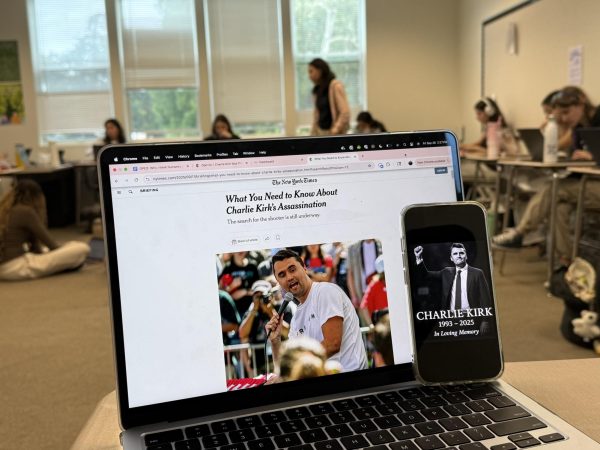

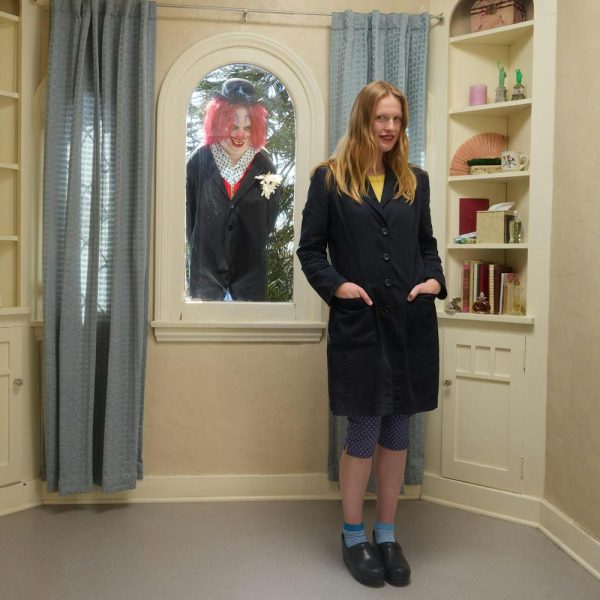
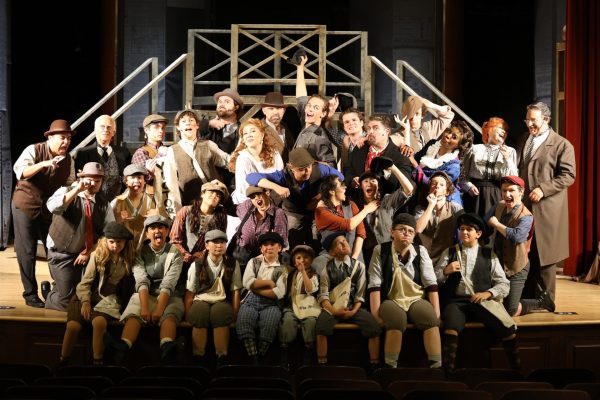

anonymous sophomore! • Apr 30, 2023 at 4:16 pm
Hard agree. Love this Reed! Westridge consistently seems to prioritize athletics over the arts, and I wish it wouldn’t force students to do the same! Props to our talented athletes who are dedicated to their sports, but they don’t represent the whole student body. A large portion of us would rather spend our time on extracurriculars like, as you mention, community service, music, theater, and speech and debate (or on just having down time). Especially as a girls’ school, Westridge should work towards pressing the rhetoric that our choice matters!
Lana Del Rey • Apr 24, 2023 at 10:28 pm
I never thought such insight existed!
Lana Del Rey • Apr 24, 2023 at 10:27 pm
This is so fantastic!
Brandon Kruhm • Apr 24, 2023 at 2:28 pm
Excellent arguments all around, Reed! I would add that students who wish to participate in after-school theatre AND enroll in additional academic courses are in an especially tricky conundrum. I frequently hear students say they “sacrifice a class in their schedule to do theatre”.
It’s odd to me that only one of our stated graduation requirements can be met outside the academic school day. I’m not necessarily arguing that other departments should allow requirements to be met outside the school day – and I don’t think I would argue for participation in theatre to meet the Arts requirement. I’m just stating that it’s strange there’s only one department where students can do so.